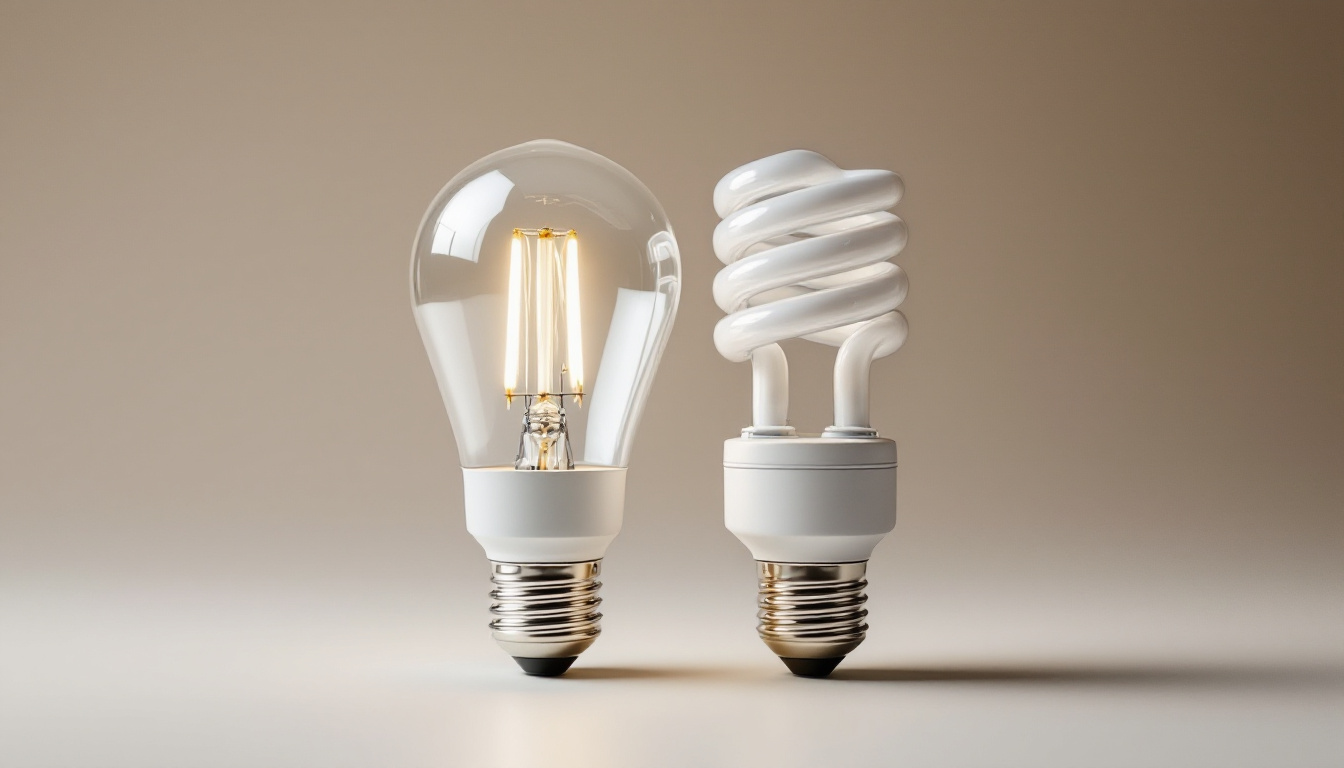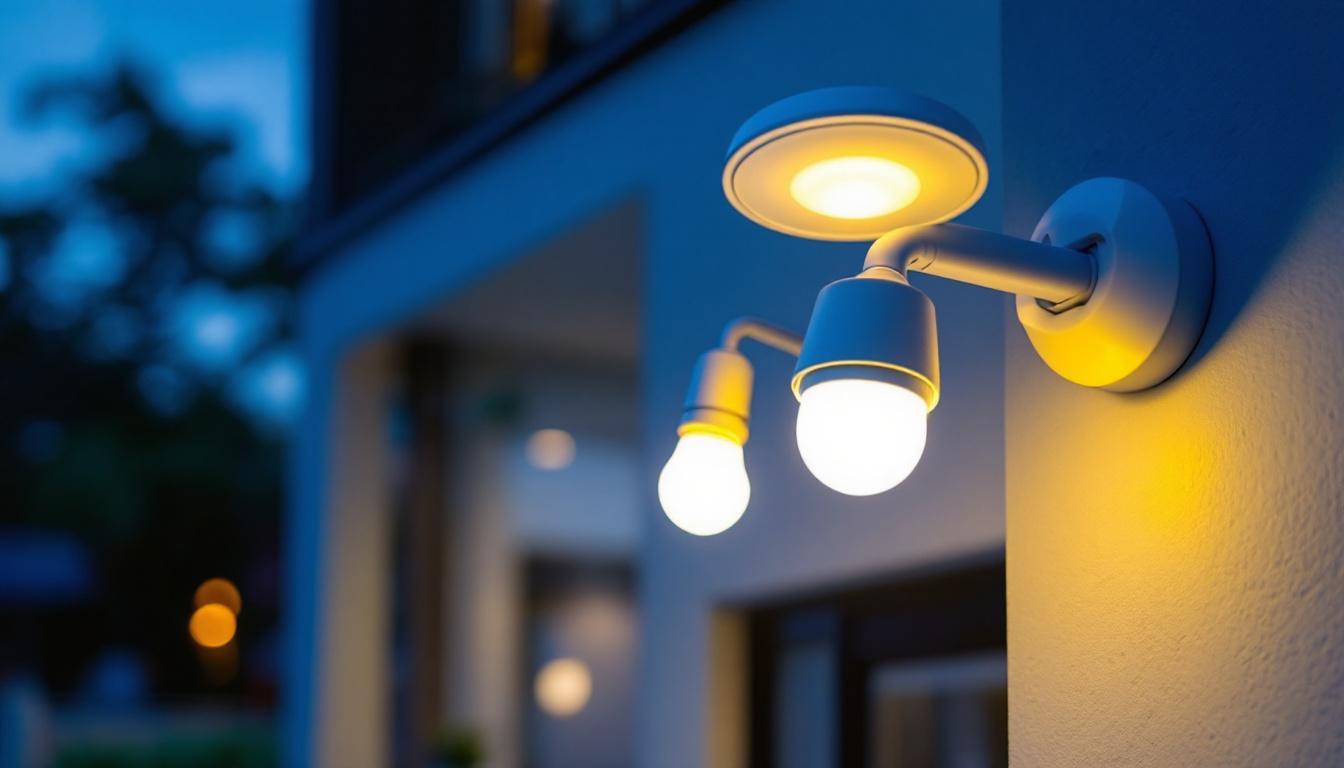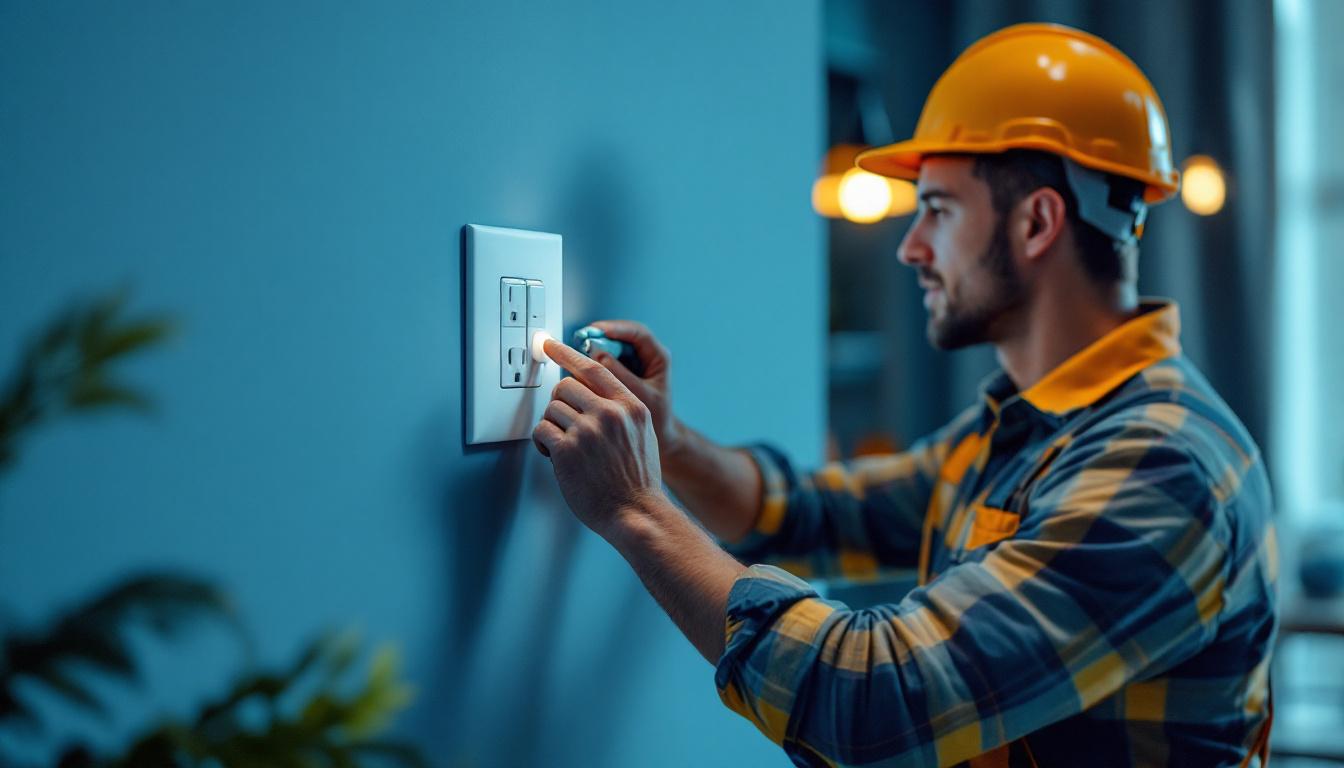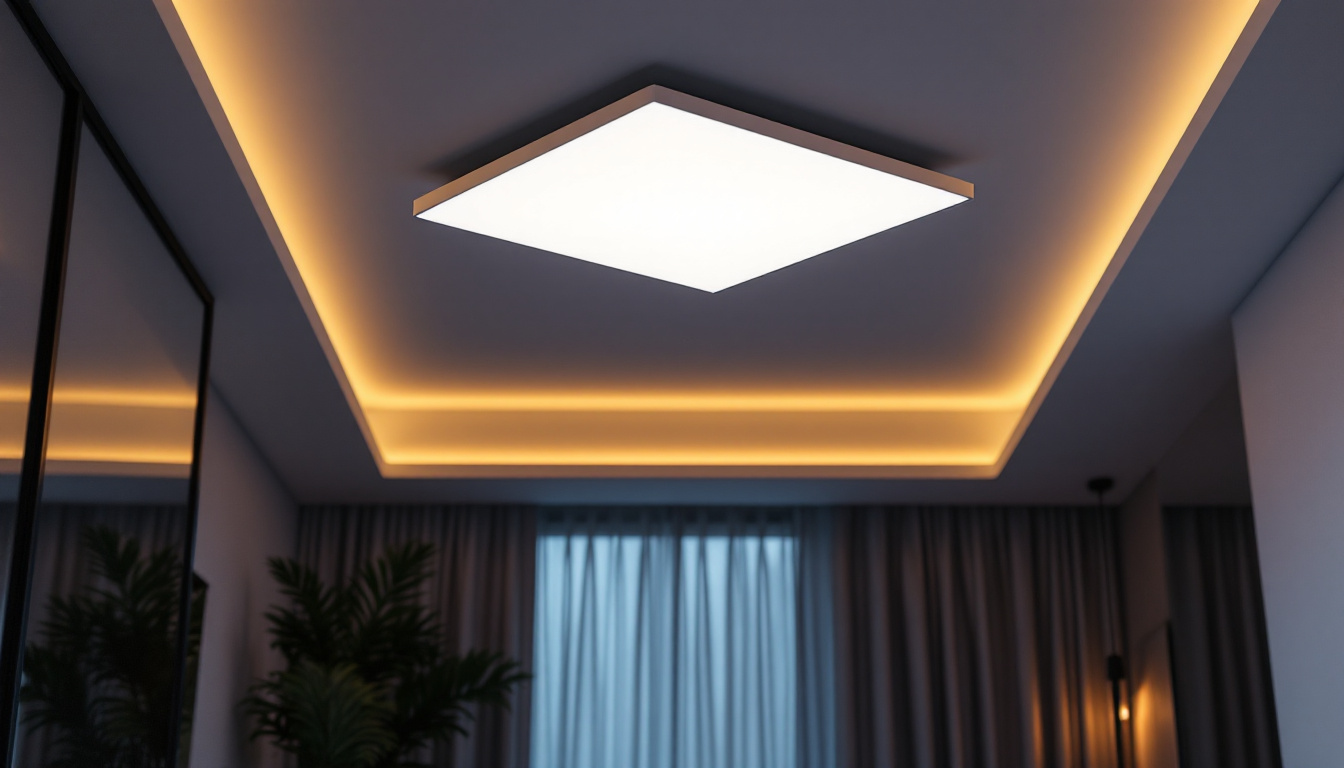
In the world of commercial and residential lighting, fluorescent tubes play a vital role in providing efficient and effective illumination. Among the various types of fluorescent tubes available, T8 and T12 bulbs are two of the most common options. Understanding the differences between these two types of bulbs is crucial for lighting contractors who want to recommend the best solutions for their clients. This article delves into the key aspects of T8 and T12 bulbs, including their specifications, energy efficiency, applications, and more.
T8 and T12 bulbs refer to the diameter of the tubes, measured in eighths of an inch. T8 bulbs have a diameter of 1 inch, while T12 bulbs are 1.5 inches in diameter. This difference in size is significant, as it affects various performance aspects, including light output, energy consumption, and compatibility with fixtures.
When comparing T8 and T12 bulbs, the specifications reveal important differences. T8 bulbs typically come in lengths of 2, 3, 4, 5, and 8 feet, while T12 bulbs are available in similar lengths but are less common in the longer sizes. The wattage also varies, with T8 bulbs generally consuming 32 watts, whereas T12 bulbs can consume 40 watts or more, depending on the specific model.
Moreover, the color temperature of both types of bulbs can range from warm white to cool white, providing flexibility in achieving the desired ambiance for different spaces. However, T8 bulbs often offer a broader range of color temperatures, making them a more versatile option for various applications. For instance, a warm white T8 bulb can create a cozy atmosphere in residential settings, while a cooler temperature can enhance focus and productivity in office environments.
Light output, measured in lumens, is a critical factor when selecting lighting solutions. T8 bulbs typically produce more lumens per watt compared to T12 bulbs, making them a more efficient choice for illuminating spaces. For instance, a standard T8 bulb can produce around 3,000 lumens, while a T12 bulb may produce approximately 2,800 lumens for a similar wattage.
This difference in light output not only affects the overall brightness of a space but also impacts energy costs. With T8 bulbs being more efficient, they can lead to significant savings on electricity bills over time, making them a preferred choice for energy-conscious clients. Additionally, the longer lifespan of T8 bulbs, often rated for 30,000 hours or more, means less frequent replacements, further contributing to cost savings and reduced maintenance efforts.
Another factor to consider is the environmental impact of these bulbs. T8 bulbs are typically manufactured with fewer hazardous materials compared to their T12 counterparts, which can contain higher levels of mercury. This makes T8 bulbs not only a more efficient choice but also a more eco-friendly option for those looking to minimize their carbon footprint. As sustainability becomes increasingly important in lighting design, many businesses and homeowners are opting for T8 bulbs as part of their commitment to greener practices.
Energy efficiency is a key consideration for both contractors and clients, especially in an age where sustainability is paramount. T8 bulbs are generally more energy-efficient than T12 bulbs, which can lead to reduced energy consumption and lower carbon footprints.
The energy consumption of T8 and T12 bulbs varies significantly. As previously mentioned, T8 bulbs typically consume 32 watts, while T12 bulbs may consume 40 watts or more. This difference means that for the same amount of light output, T8 bulbs will use less energy, resulting in lower utility costs.
Additionally, many T8 bulbs are designed to work with electronic ballasts, which further enhances their energy efficiency. Electronic ballasts provide a more stable current and reduce flickering, leading to longer bulb life and improved performance. This stability not only enhances the visual comfort in workspaces but also minimizes distractions caused by flickering lights, contributing to a more productive environment.
Incorporating energy-efficient lighting solutions like T8 bulbs can have a positive impact on the environment. By reducing energy consumption, these bulbs help decrease greenhouse gas emissions associated with electricity generation. Furthermore, T8 bulbs typically contain less mercury than T12 bulbs, making them a safer option for disposal and reducing environmental hazards.
Moreover, the shift towards T8 bulbs aligns with broader sustainability initiatives that many organizations are adopting. By choosing energy-efficient lighting, businesses not only contribute to a healthier planet but also often qualify for energy rebates and incentives offered by utility companies. These financial benefits can help offset the initial costs of upgrading lighting systems, making the transition to T8 bulbs not just an environmentally responsible choice but also an economically savvy one.
Choosing the right bulb for a specific application is essential for achieving optimal lighting performance. Both T8 and T12 bulbs have their unique advantages, making them suitable for different environments.
T8 bulbs are widely used in commercial settings such as offices, retail spaces, and warehouses. Their energy efficiency and higher light output make them ideal for environments that require bright, consistent lighting. Additionally, T8 bulbs are often used in schools and hospitals, where proper illumination is crucial for safety and productivity.
Furthermore, T8 bulbs are increasingly being used in residential settings, particularly in kitchens and garages, where bright, even lighting is desired. Their versatility in color temperature options allows homeowners to create the desired atmosphere in various spaces.
While T12 bulbs are becoming less common due to the rise of more energy-efficient options, they still have their place in certain applications. T12 bulbs are often found in older buildings and fixtures that have not been retrofitted for T8 or LED lighting. They can be suitable for areas where high light output is not as critical, such as storage rooms or utility areas.
In some cases, T12 bulbs may still be used in specialized applications, such as horticulture lighting, where specific light spectrums are required for plant growth. However, as technology advances, many contractors are opting to replace T12 fixtures with T8 or LED alternatives to improve efficiency and reduce energy costs.
When evaluating T8 and T12 bulbs, cost considerations play a significant role in decision-making. While T12 bulbs may have a lower initial purchase price, the long-term savings associated with T8 bulbs can make them a more economical choice over time.
The upfront costs of T8 bulbs are generally higher than those of T12 bulbs. This is primarily due to the increased efficiency and performance of T8 technology. However, many contractors find that the benefits of T8 bulbs, including energy savings and longer lifespan, justify the initial investment.
Additionally, it is essential to consider the costs associated with ballasts. T8 bulbs typically require electronic ballasts, which may add to the initial installation costs. However, the improved performance and energy savings of these ballasts can lead to a quick return on investment.
Over time, the energy savings associated with T8 bulbs can be substantial. With lower wattage and higher light output, T8 bulbs can significantly reduce electricity bills. Moreover, their longer lifespan means fewer replacements and lower maintenance costs, further contributing to long-term savings.
For contractors, recommending T8 bulbs to clients can lead to enhanced satisfaction and loyalty, as clients appreciate the financial benefits and improved lighting quality. In many cases, the long-term savings can offset the initial investment, making T8 bulbs a smart choice for both contractors and clients.
As the lighting industry shifts towards more energy-efficient solutions, many contractors are faced with the challenge of transitioning clients from T12 to T8 bulbs. Understanding the process and considerations involved can help ensure a smooth transition.
Before making the switch, contractors should assess the existing fixtures to determine compatibility with T8 bulbs. In many cases, T12 fixtures can be retrofitted to accommodate T8 bulbs by replacing the ballast and making minor adjustments. However, some fixtures may need to be replaced entirely, especially if they are outdated or incompatible with modern lighting technologies.
It is essential to communicate with clients about the benefits of upgrading to T8 bulbs, including energy savings, improved light quality, and reduced environmental impact. Providing a clear understanding of the transition process can help clients feel more comfortable with the investment.
Many utility companies offer rebates and incentives for upgrading to energy-efficient lighting solutions. Contractors should research available programs in their area and inform clients about potential savings. These incentives can significantly offset the initial costs of transitioning to T8 bulbs, making the upgrade more appealing.
Additionally, contractors can emphasize the long-term benefits of energy efficiency, including lower operating costs and improved lighting quality, to encourage clients to make the switch.
In conclusion, the choice between T8 and T12 bulbs ultimately depends on the specific needs and preferences of clients. T8 bulbs offer numerous advantages, including higher energy efficiency, better light output, and a broader range of applications, making them the preferred choice for many lighting contractors.
However, T12 bulbs still have their place in certain situations, particularly in older fixtures or specialized applications. By understanding the differences between these two types of bulbs, contractors can make informed recommendations that meet the needs of their clients while promoting energy efficiency and sustainability.
As the lighting industry continues to evolve, staying informed about the latest technologies and trends will empower contractors to provide the best solutions for their clients, ensuring satisfaction and long-term success in the field of lighting.
Ready to elevate your lighting game? At LumenWholesale, we provide lighting contractors with the highest quality T8 and T12 bulbs to meet any project’s needs. Our commitment to spec-grade lighting at wholesale prices means you can trust in the performance and durability of our products. Say goodbye to local distributor markups and hello to unbeatable value. Plus, with free shipping on bulk orders, you can stock up on superior lighting solutions without worrying about extra costs. Don’t settle for less—choose LumenWholesale for Wholesale Lighting at the Best Value and make your next lighting project shine.

Discover the latest trends in light bulbs for security lights that every lighting contractor should be aware of.

Discover how photo cells can revolutionize your lighting projects and enhance profitability.

Discover how the power outlet switch is revolutionizing the lighting industry for contractors, offering enhanced efficiency, safety, and convenience in installations and maintenance..

Explore how ceiling light panels revolutionize energy efficiency in modern spaces.